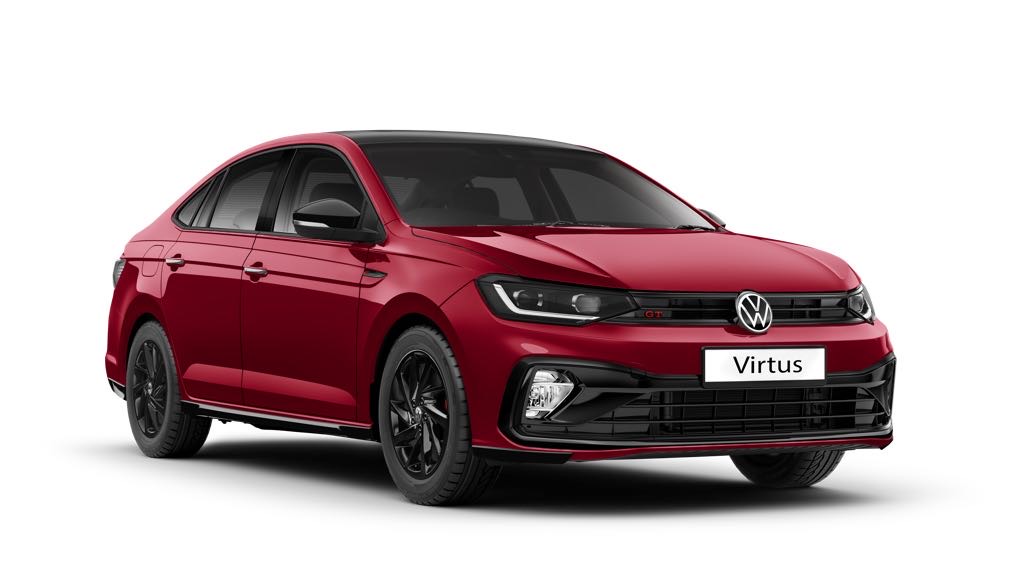A Closer Look at Mechanical vs Fixed Blade Broadheads When it comes to broadheads, there are two main types: mechanical and fixed blades....

A Closer Look at Mechanical vs Fixed Blade Broadheads
When it comes to broadheads, there are two main types: mechanical and fixed blades.
So, which is better? It really depends on personal preference and what you're looking for in a broadhead.
In this post, we'll take a closer look at the pros and cons of each type of broadhead to help you make a more informed decision on what is best for your next hunt.
Mechanical Broadheads
Mechanical broadheads are the most popular type of broadhead on the market.
They are easier to use than fixed-blade broadheads and they offer a greater level of accuracy.
Their compact nature doesn't affect the flight of the arrow as much and flies truer to your practice field points.
Also, some mechanical broadheads have replaceable blades, which means you don't have to replace the entire broadhead every time one of the blades gets dull or damaged.
The main downside of mechanical broadheads is that they have moving parts.
This means they are more likely to potentially fail and not expand upon impact.
This critical pitfall could be the difference between you wounding the game and quickly, ethically killing your game.

Fixed Blade Broadheads
On the other hand, fixed-blade broadheads are the more traditional type of broadhead.
They are made entirely of one piece of metal or metal alloy, which makes them much more durable than a multi-piece mechanical broadhead.
Additionally, fixed-blade broadheads can be sharpened more easily than mechanical broadheads.
However, fixed-blade broadheads are not as accurate as mechanical broadheads.
What we mean by this is their bigger, fixed position nature at the front of the arrow will cause a slight deviation from what you're used to shooting and practicing with.
They'll fly a bit differently from your practice field tips.
With this in mind, it just stresses the fact that you may need to practice shooting your arrows with your fixed blade broadheads ahead of the archery season opener.
One of the best selling points of the fixed-blade broadhead is its fixed nature.
Less moving parts mean a consistent impact each time you shoot your broadheads.
You don't ever have to worry about if they did or didn't expand upon impact like you have to with mechanical broadheads. For most - that's the biggest selling point of choosing fixed-blade over mechanical broadheads.
Finally, fixed-blade broadheads do not have replaceable blades, so you will need to replace the entire broadhead if one of the blades gets damaged over time.

The Broadhead Verdict
In the end, it really comes down to personal preference when deciding between mechanical and fixed-blade broadheads.
Both have their own set of pros and cons that you'll need to weigh before making a decision.
Since the choice is yours, there is no right or wrong decision.
Try different mechanical and fixed-blade broadheads and see what works best for you.
Regardless of what broadhead you shoot, our Waypoint 3 and 4 arrow quivers will be able to accommodate both fixed and mechanical broadheads.
Other quivers are designed to hold the broadhead in place with foam sometimes slowly dulling your broadhead due to repeated in and out of the quiver.
The Waypoint's open quiver hood scoop allows you to safely and securely transport your arrows and broadheads to and from the field.
Hopefully, this blog post has given you a little more insight into each type of broadhead to help you choose the one that's right for you.
For more content related to archery and bowhunting, visit the rest of our Alpine Archery blog archive.
Make sure to connect with us on Facebook, Instagram, and YouTube to stay up to date on the latest product offerings, giveaways, and exclusive Alpine Archery content.
















